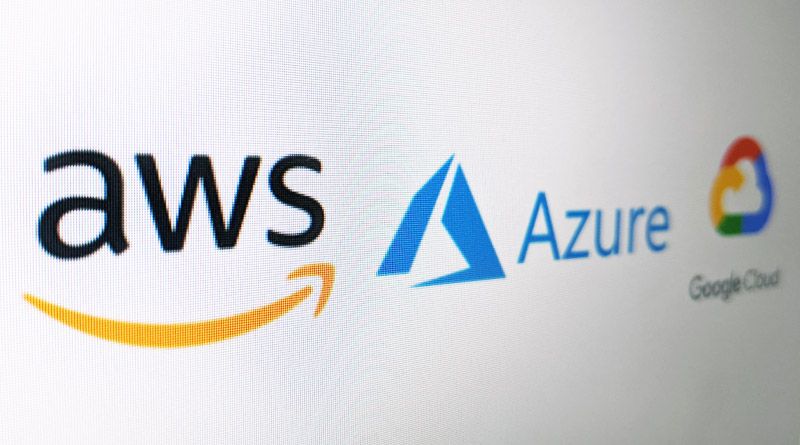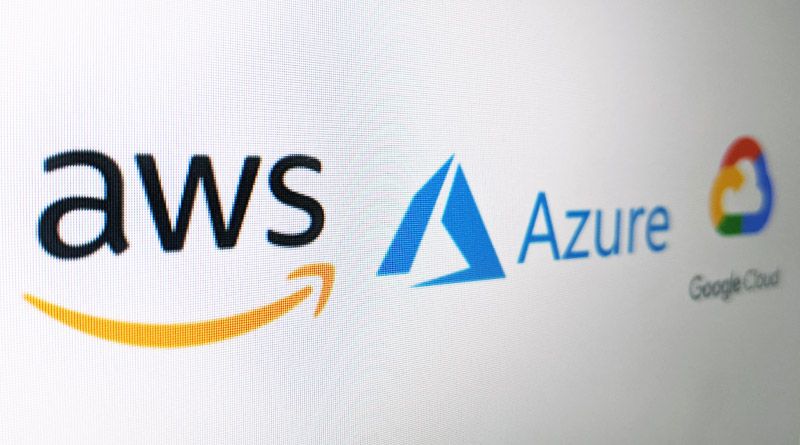
Relaunching our load balancer for multi and hybrid cloud environments
AWS / Azure / GCP Published on •5 mins Last updatedIn 2009 Loadbalancer.org was one of the first load balancing vendors to provide services on the Amazon Web Services (AWS) marketplace. This was followed by Microsoft Azure and Google Cloud Platform (GCP) offering our customers freedom of choice across on premises, service provider and hyperscale cloud provider platforms.
Fast forward 12 or so years and (on the surface at least) little has changed. Loadbalancer.org continues to provide class-leading load balancing solutions across physical, virtual and cloud platforms. Our products have developed and evolved, our business has expanded, and cloud has grown exponentially. Yet at heart we do the same things and have the same values as we always have – ensuring that our customers’ business is never interrupted.

But what has really changed about load balancing, and why should you care?
The load balancing market has grown and evolved considerably, and the explosive and pervasive use of cloud has impacted the market even further. “Why does this matter to me?” I hear you ask – read on for some opinion and views on this question.
Load balancing – a crowded and mature market
In the early 2000s Loadbalancer.org founder, Malcolm Turnbull, was looking for a load balancing solution to help the high growth .com organization he was working for at the time scale out its infrastructure. Back then he was faced with a limited choice of very large and seemingly faceless hardware vendors asking for huge sums of money to provide load balancers.
Company circumstances dictated that these highly priced options were neither practical or realistic, so Malcolm went and built his own load balancer using open-source software – and here the first inkling of Loadbalancer.org was born.
Compare this to today: there is an almost overwhelming choice of vendors from the huge multi-national vendors to established specialists and newer ‘born in the cloud’ entrants to the market. Not forgetting, of course, the hyperscale cloud providers' own proprietary load balancing solutions.
What was once a very simple requirement, maximizing application availability, has become diluted and confused by vendors cramming increasingly more features and functionality into their load balancers. Sometimes all features are included by default, more often organizations are faced with a plethora of modules, add-ons, features and options to navigate before making their purchase and no-one wants to miss that killer feature, right…?
But what does this mean for the core requirement of maximizing application availability? Well, there probably isn’t a right or wrong answer to this one but I will share with you what our customers are increasingly sharing with us. That is that over 90% of core requirements for load balancing can be delivered by all of the credible vendors. Wow! Do you see what just happened? I pretty much admitted that we have virtually no USP (Unique Selling Point) in our market… My sales and marketing colleagues will surely have some strong words for me if this blog ever makes it into the world. But stick with me, I’ll come back to this point.
The realization for us and our customers is that there are many load balancing vendors with great products out there – we truly are not alone. There will be a small degree of feature difference between us and all of our competitors, and some have amazing add-ons but these can get very expensive and I would argue that many of them steer away from load balancing as the core functionality that we are discussing here.
Overall, the load balancing market is very mature, the core features and functionality are available from many vendors in a highly competitive market and this adds up to one conclusion – Load balancing has become commoditized. I could argue that offering a rock solid, simple to use product with no feature-bloat and which focuses on performance and availability to deliver rock-star level load balancing at an awesome price point is differentiated versus having lots of (often needless and usually expensive) bells and whistles, but I won’t go there. Oops - I think I just did...
So let’s talk about this USP thing a little more.
Surely one of the key attributes of a commoditized market is that USP’s don’t really exist, I mean I admitted as much a little earlier in this blog didn’t I?
Well…. Not so fast! It may be difficult to differentiate based on features and functions but that doesn’t mean that there aren’t some very big differences between vendors and their respective approach.
At Loadbalancer.org we are deeply passionate about application availability and ensuring that our customers’ business is never interrupted. This is at the heart of our company and underpins our core values as an organization. We deliver rock solid load balancers backed by world class and independently-celebrated support. Our technology is focused on maximum performance, availability and value – fully featured with no costly add-ons. There is none of the feature bloat that I ‘accidentally’ mentioned above, just super reliable, easy to use and easy to manage load balancers – at a much lower price-point than the big guns - that’s what we do!
We pride ourselves on truly understanding your business and deploying the right services and solution for you, all with a personal touch – we still believe that people and relationships matter! Whether or not our approach is differentiated is for you to decide, but we believe it is!
But I thought this was a blog about load balancing in the cloud?
I’m getting there, I promise.
With the emergence and recent trend toward hybrid and multi-cloud operating models, it has become increasingly complex and costly to manage multiple different services, applications and infrastructures in different locations and clouds. We see a common load balancing platform across all hybrid and multi-cloud platforms as a way to simplify the operational burden and reduce costs significantly. The same technology and interface across on-premises, service providers and clouds available as hardware or software and with flexible purchase options from perpetual to monthly subscription.
I started by saying we were one of the first of the established load balancing vendors to make our services available in AWS and we are still in all of the main hyperscale clouds today. Features such as Global Server Load Balancing (GSLB) make hybrid and multi-cloud a reality. Services and applications can cost effectively span multiple locations and geographies, improving resilience, extending global reach and maximising your customer’s experience.
We have recently re-launched our cloud products to bring them into line with the awesome (our customers words not ours) relaunch of our virtual and hardware product family last year. Better than that we offer all of our existing customers the benefit of our Freedom Licence.
What’s a Freedom Licence?
The freedom licence is our way of saying thank you to our loyal existing customers and helping to ensure that no matter how the world changes for them, or where their future strategy takes them, we will not use this as a reason to ask them to pay for the same thing twice. It's a very simple concept, if you already have a virtual or cloud licence, or hardware appliance and wish to move to another cloud or on-premises deployment, you take your licence with you at no additional cost – we'll even help with your migration and we don’t expect a penny in return.
Our customers tell us that we future-proof and de-risk their purchasing decisions as they know we will support them no matter where they deploy their infrastructure – both now, and in the future. Put another way we enable, simplify and de-risk hybrid and multi-cloud deployments.
Thank you for reading and please visit our product pages to learn more about our awesome hardware, virtual and cloud load balancers. Alternatively take a look at our reviews to see what our customers have to say – let’s face it their word is worth far more than ours, even after all the years the customer truly is always right!
